Dwarf gourami - Colisa lalia
Scientific name: Colisa lalia
Common name: Dwarf gourami
Family: Osphronemidae
Usual size in fish tanks: 5 - 6 cm (1.97 - 2.36 inch)
014
Recommended pH range: 6.5 - 8
Recommended water hardness: 4 - 18°N (71.43 - 321.43ppm)
0°C 32°F30°C 86°F
Recommended temperature range: 23 - 28 °C (73.4 - 82.4°F)
The way how these fish reproduce: Spawning
Where the species comes from: South Asia
Temperament to its own species: peaceful
Temperament toward other fish species: peaceful
Usual place in the tank: Top levels
Origin
The Dwarf Gourami (Colisa lalia) originates from the waters of South Asia, notably in countries like Pakistan, Bangladesh, and India. In their natural habitat, they inhabit slow-moving waters with dense vegetation, providing them with shelter and feeding grounds. In the aquarium, replicating these conditions with a planted setup and gentle water flow is crucial for their well-being.
Tank Requirements
Dwarf Gouramis are well-suited for community aquariums, provided they have enough space and hiding places to reduce their timidity. A minimum tank size of 60 liters (15 gallons) is recommended for a small group. Since they prefer slow-moving waters, it is advisable to use a gentle filtration system, such as a sponge filter, to avoid creating strong currents.
The tank should be densely planted with various aquatic plants like Java Fern, Anubias, and floating plants such as Duckweed to mimic their natural environment. Adding driftwood or rock caves provides extra hiding spots, which helps the fish feel secure.
Water conditions should be kept stable, with a pH range between 6.5-8 and a water hardness of 4-18°N (71.43-321.43 ppm). The ideal temperature for Dwarf Gouramis is 23-28°C (73.4-82.4°F). To maintain optimal water quality, regular water changes and a well-functioning filtration system are necessary, as these fish are sensitive to poor water conditions.
Tank Mates
Dwarf Gouramis are peaceful fish, making them suitable for a community tank setup. They can be kept with other peaceful species such as Neon Tetras, Harlequin Rasboras, Corydoras Catfish, and Ember Tetras. Avoid housing them with overly aggressive or fin-nipping fish, as they have delicate fins and a timid nature.
When keeping multiple Dwarf Gouramis, it is best to have more females than males, as males can become territorial and occasionally display aggressive behavior towards each other. Providing plenty of plants and hiding places will help to mitigate any territorial disputes.
Feeding the Dwarf Gourami
Dwarf Gouramis are omnivorous and will accept a wide variety of foods. A high-quality flake or pellet food can serve as their staple diet, but it should be supplemented with live or frozen foods such as brine shrimp, bloodworms, and daphnia. Including vegetable matter, such as algae wafers or blanched spinach, will add variety to their diet and help maintain their health.
Feed them small amounts twice a day, ensuring they can consume the food within 2-3 minutes. Overfeeding can lead to poor water quality and health issues, so it is essential to monitor their feeding habits. A varied diet will keep them in good condition and display their vibrant colors.
Sexing the Dwarf Gourami
Sexing Dwarf Gouramis can be identified by color and size differences. Males are generally larger and exhibit brighter, more vivid coloration compared to the more subdued hues of the females. Additionally, mature males may develop extended finnage, giving them a more elegant appearance.
Breeding the Dwarf Gourami
Dwarf Gouramis are bubble nest builders, with the males taking the lead in constructing the nest. To encourage breeding, use a separate breeding tank with a capacity of at least 40 liters (10.57 gallons) equipped with an air-driven sponge filter to keep the water flow gentle. Adding floating plants, such as Duckweed or Hornwort, will provide cover and assist in nest building.
Begin by introducing the female into the breeding tank and conditioning her with live and frozen foods until she becomes plump with eggs. Once she is ready, introduce the male. The male will begin constructing a bubble nest at the water's surface. The female will nudge the male towards the nest, initiating the spawning process. During spawning, the pair will intertwine, and the male will fertilize the eggs. After spawning, it is crucial to remove the female from the tank, as the male can become aggressive towards her while guarding the nest.
The eggs will hatch in approximately 36 hours, and once the fry are free-swimming, it is advisable to remove the male to prevent him from preying on them. Feed the fry with Infusoria or liquid fry food until they are large enough to consume newly hatched brine shrimp or crushed flakes.
Lifespan
With proper care and a well-maintained environment, Dwarf Gouramis can live up to 4-5 years in captivity. Regular water changes, a balanced diet, and a stress-free habitat contribute significantly to their longevity.
Short Description
Dwarf Gouramis are a colorful and peaceful addition to a community aquarium. They exhibit a range of color variations, including blue and red stripes, blood red, and neon blue, which adds vibrancy to any tank. Due to their delicate nature, they thrive in planted aquariums with gentle water flow and plenty of hiding places. Although timid, they can adapt well to community tanks with other peaceful species. Regular water changes and a balanced diet are essential to keeping these fish healthy and vibrant.
Thanks to Jose J. for allowing us to use his picture. Also thanks to Cyberraga.
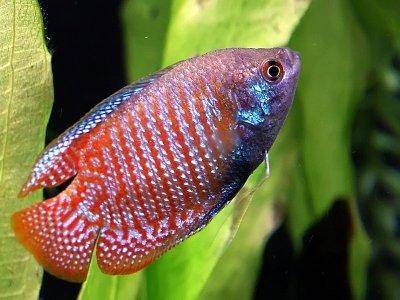


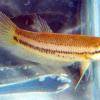 Akar
Akar 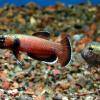 Whiteseam
Whiteseam 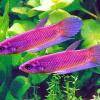 Giant
Giant 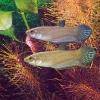 Betta
Betta 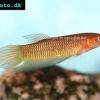 Slender
Slender 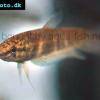 Betta
Betta 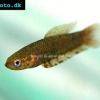 Brown’s
Brown’s 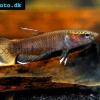 Snakehead
Snakehead 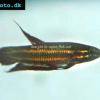 Wine
Wine 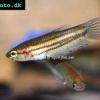 Edith’s
Edith’s 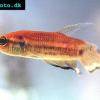 Blue
Blue 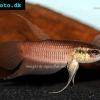 Betta
Betta  Peaceful
Peaceful 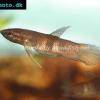 Kapaus
Kapaus 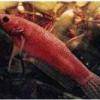 Eyespot
Eyespot 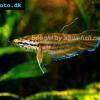 Spotted
Spotted 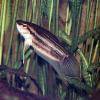 Forest
Forest 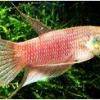 Schaller’s
Schaller’s 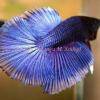 Siamese
Siamese 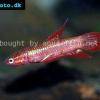 Chukai
Chukai 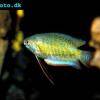 Banded
Banded 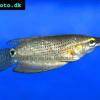 Frail
Frail 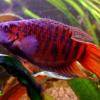 Paradise
Paradise 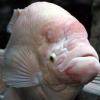 Giant
Giant 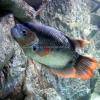 Giant
Giant 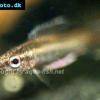 Licorice
Licorice 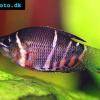 Chocolate
Chocolate 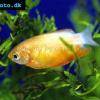 Honey
Honey 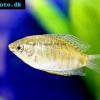 Thick
Thick 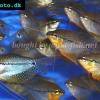 Pearl
Pearl 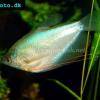 Moonlight
Moonlight 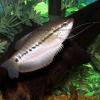 Snakeskin
Snakeskin 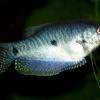 Blue
Blue